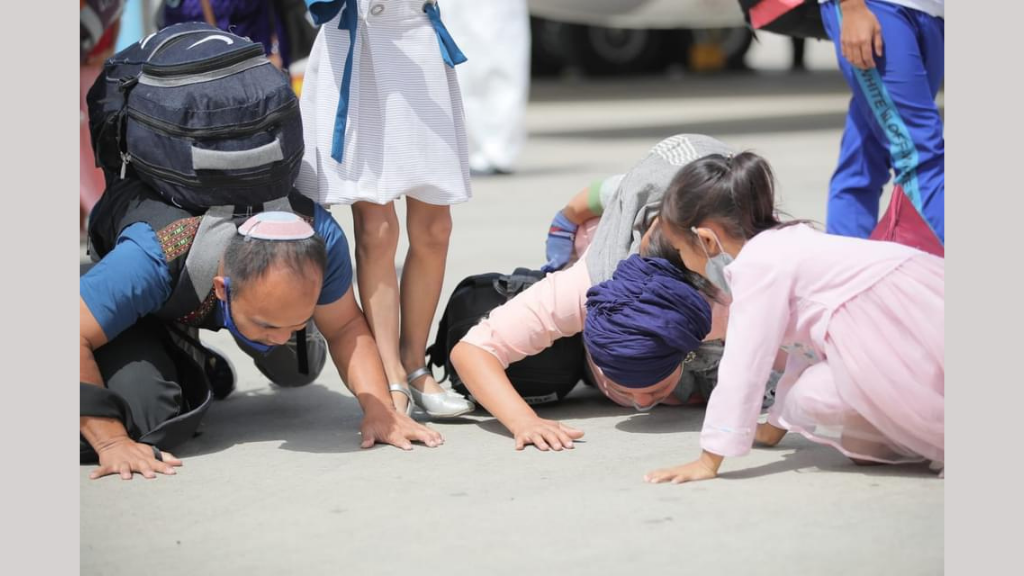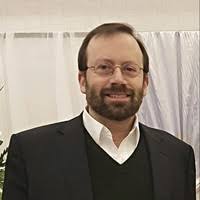Coming Home
In India’s Northeastern border there are about 3.7 million people, all with various creeds and religions. Among them, are a few thousand, who for several years, have adhered to practicing Judaism because they see themselves as Jews. The roots of the claims are fascinating. Back in the 1950’s, one of the tribal leaders claimed he had a dream in which it was revealed that his people’s ancient homeland was none other than the State of Israel. The news of the dream spread throughout the tribe, and in the 1970’s they all began to study and practice Judaism with the hope they could return to the religion and land of their ancestors.
“The Chief Rabbi of Israel investigated their issue of Jewish descent and ruled that they were indeed one of the Biblical lost tribes, known as the Bnei Menashe”
Their claims were met with some serious Jewish investigation. 40 years ago, the Chief Rabbi of Israel investigated their issue of Jewish descent and ruled that they were indeed one of the Biblical lost tribes. Known as the Bnei Menashe (Sons of Menashe), it is thought they are descendants of Menashe, one of the ten tribes who dissipated into the nations after the destruction of the First Temple. Although they were verified as Jews, the Israel Ministry of Interior stipulated they would also need to undergo a formal conversion to Judaism, due to various pagan influences which had infiltrated into their customs.
“Most of the new immigrants avoid Tel Aviv and the largely secular cities, opting instead for places like Kiriyat Arba and Hebron, where the Biblical tale all began”
Today, nearly half of the 10,000 have already made aliya to Israel. Most of the new immigrants avoid the likes of Tel Aviv and the largely secular cities, opting instead for places like Kiriyat Arba and Hebron, where the Biblical tale all began. Often the targets of terrorism and deep in the heart of the area under the Palestinian Authority, the likes of Hebron and Kiriyat Arba are not popular for the average Israeli. But the Bnei Menashe are pushed on by their dream and desire, to be part of the ancient people living in the ancient land. With the many Torah academies, and locations steeped in history and nothing open on Shabbat, these deeply observant places serve the new and sincere Indian Jewish hopefuls well.
The man heading up the operation is Michael Freund, who once served as the Deputy Communications Director under the former Israeli Prime Minister, Benjamin Netanyahu. His organisation, “Shavei Israel” (returnees to Israel) also reaches out to other people groups and hidden communities who may be part of the lost Jewish tribes. A native New Yorker, Freund is also a correspondent for Israel’s biggest English daily paper, The Jerusalem Post. Just like the Bnei Menashe, Freund is also driven by purpose. Drawing on millennium of Jewish history and trials, Freund sees the return of the Bnei Menashe as a way to ensure Jewish continuity and a collective future. It is looking back that helps people in the present look forward. Lessons can be learned, and purpose is built. In the Jewish return to the International stage in 1948, Freund knows that Israel is the place where history and destiny collide. That is why he started “Shavei Israel.” Israel is the land of redemption. And man, plays his part in the redeeming process.
Although over 4,000 Indian Jews are now home, there are so many people throughout the world who were once part of Israel but were ripped apart due to persecution or assimilation. Indeed, for Freund, and for the other hopefuls waiting in line, there is still much work to be done.







